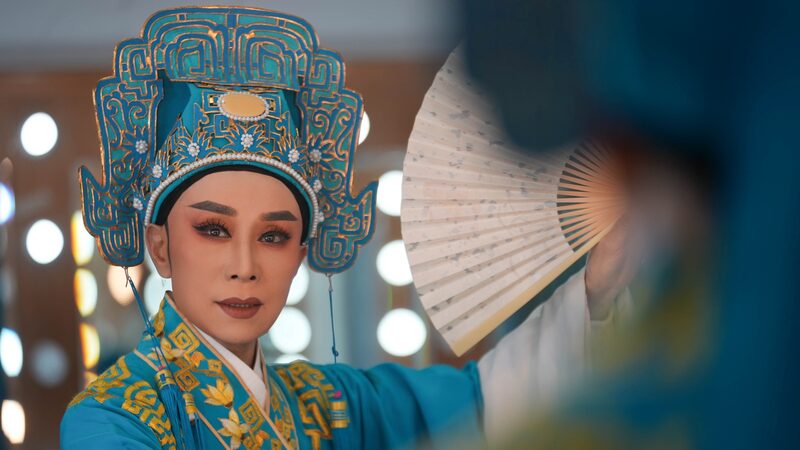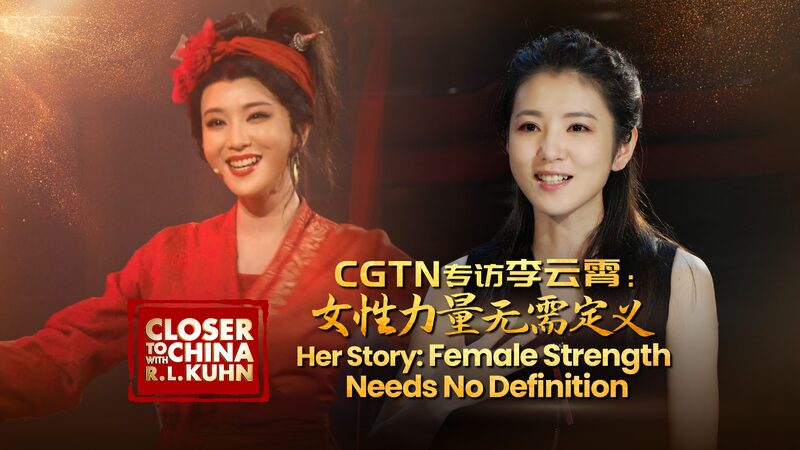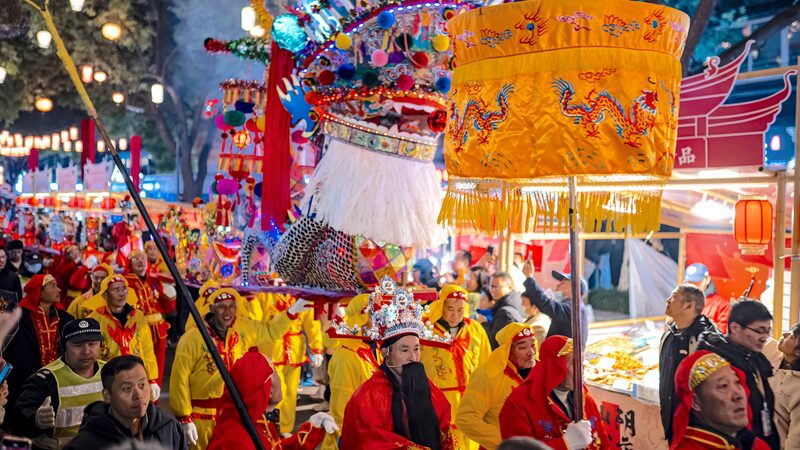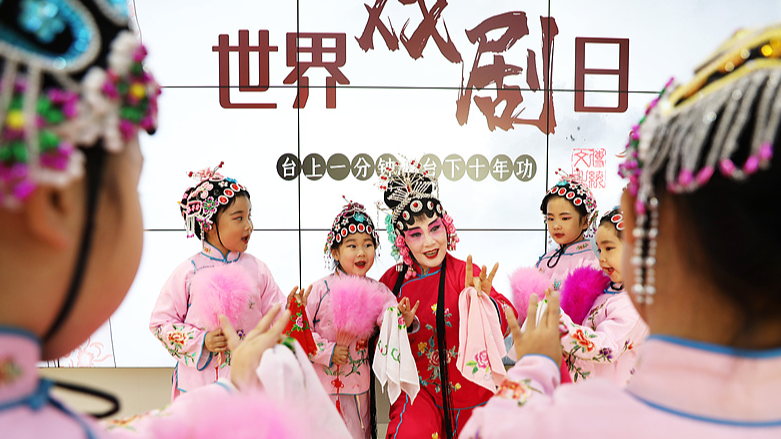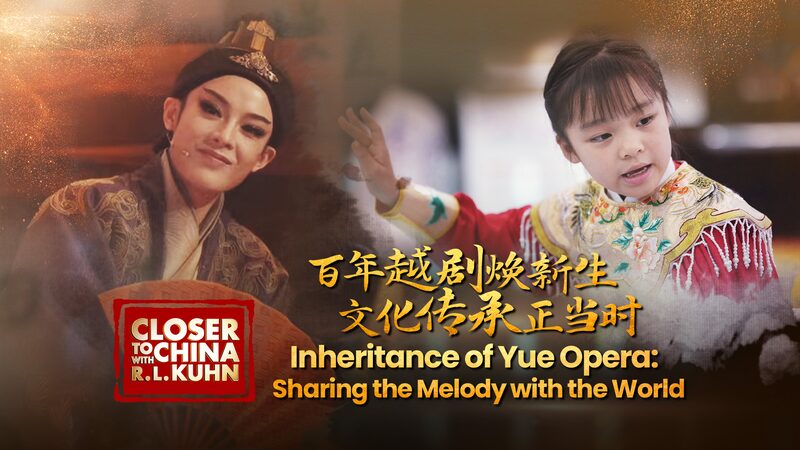Yue Opera, also known as Shaoxing Opera, stands proudly as one of China's five major opera styles and a national intangible cultural heritage. 🎶 Originating in the late 19th century in Shaoxing City, Zhejiang Province, this mesmerizing art form evolved from local folk ballads into sophisticated performances that continue to captivate audiences today. 🌟
Initially dominated by male troupes, the 1920s ushered in a revolutionary change as female artists took center stage. Now, a hallmark of Yue Opera is women portraying male roles, adding depth and nuance to every performance. 💃🕺
The heart of Yue Opera beats strongest in Wu language-speaking regions like Zhejiang, Shanghai, and southern Jiangsu, but its charm extends far beyond, enchanting fans nationwide and even reaching global audiences. 🌏✨
At the forefront of this cultural renaissance is Wu Fenghua, a celebrated performer renowned for her portrayal of \"xiaosheng\" characters—young men—in classic tales like \"Butterfly Lovers,\" often dubbed the Chinese Romeo and Juliet. 🦋❤️ With two prestigious Plum Blossom Awards under her belt, Wu is a shining example of Yue Opera excellence.
Leading the charge in preserving and innovating this timeless art is the Xiaobaihua Yue Opera Art Heritage Center in Keqiao District, Shaoxing City. Here, Wu and her talented students are pushing boundaries, blending traditional Yue Opera with modern influences. A standout project? The adaptation of Shakespeare’s \"Macbeth\" into \"General Ma Long,\" seamlessly merging Western drama with Yue Opera flair. 🎭🔄📜
As Yue Opera continues to evolve, it remains a vibrant testament to China's rich cultural tapestry, inspiring the next generation of artists and enthusiasts alike. 🌟🎉
Reference(s):
cgtn.com
